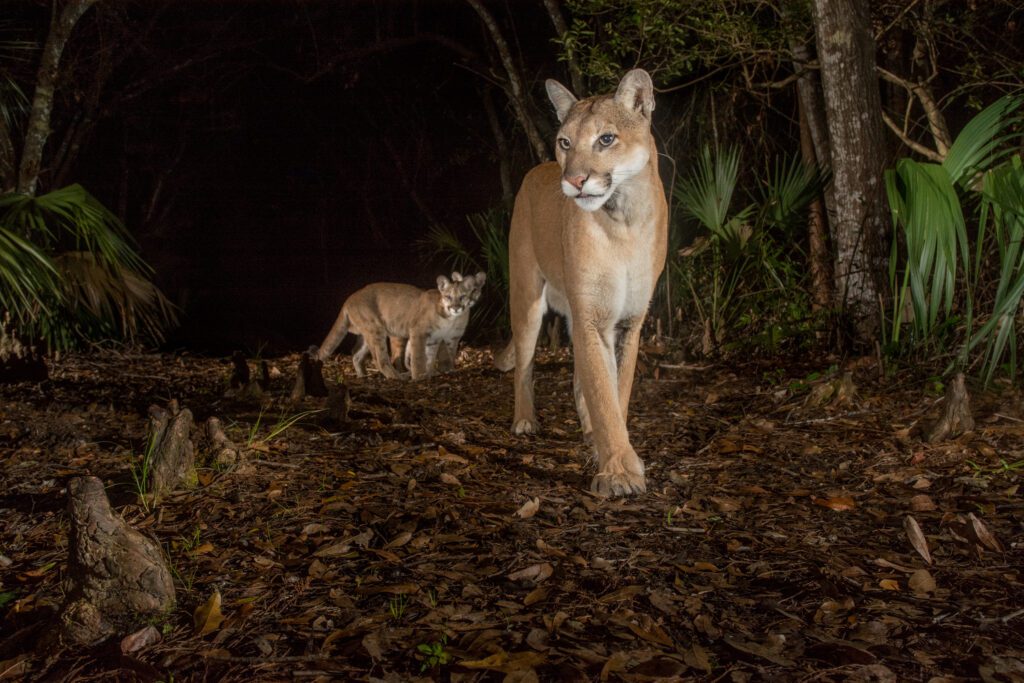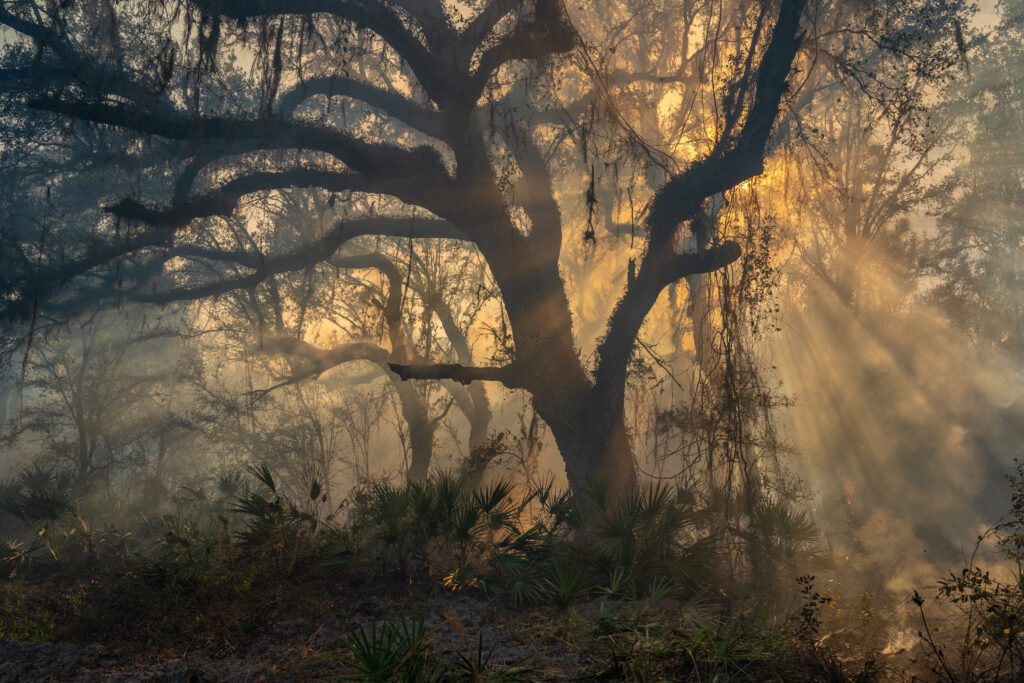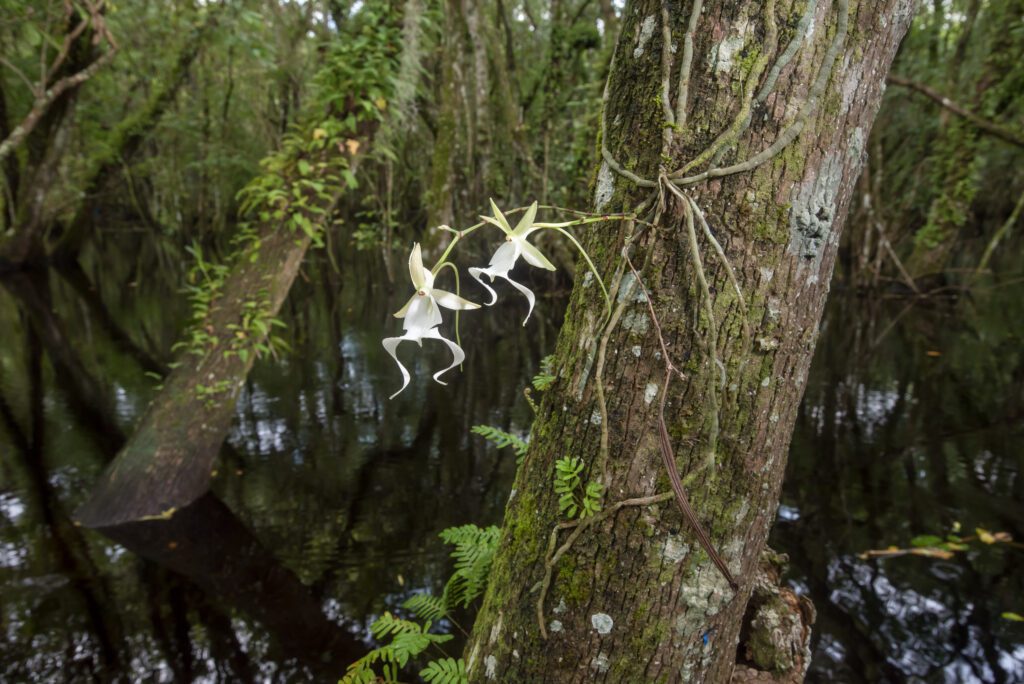Photographer Carlton Ward Jr. Uses His Work to Emphasize the Importance of Conservation
by KRISTEN GUEVARA
Carlton Ward Jr. discovered his calling to the art of conservation by accident while studying abroad. The eighth-generation Floridian and conservation photographer was studying biology and anthropology at Wake Forest University when an opportunity arose to study abroad in Australia. A camera purchase intended to merely document his experience birthed his passion for photography.
Upon returning to the States, Ward completed his bachelor’s degree in biology and continued his studies at the University of Florida’s School of Natural Resources and Environment. There, he earned his master’s degree in ecology with a concentration in photojournalism. Ward’s education expanded even further outside the classroom. He served three internships with different branches of the Smithsonian National Museum of Natural History, including an invaluable experience that at one point took him to Africa.
“This put me at an intersection of art, science, and conservation,” he says.
Establishing Wildpath
As a multigenerational Florida native with a passion for his home state, he founded a conservation communications company called Wildpath.
The premise was simple yet powerful: Tell stories that inspire the appreciation and protection of wild Florida.
“We seek to tell powerful stories that raise awareness of conservation issues that inspire policymakers, businesses, communities, and citizens to take action,” the website states.
Some of the projects that Wildpath is working on include Path of the Panther, Florida Wildlife Corridor, Camera Trap Network, and Chasing Ghost. The Florida Wildlife Corridor has been Ward’s project of focus for the past decade and a half. The corridor consists of 18 million acres of land, only 10 million of which are currently protected.
“One of the goals of the Florida Wildlife Corridor (Project) is recognizing that we have a connected habitat corridor that runs through the middle of the state,” he says.
“The main goal is to encourage land conservation funding to help keep it that way.”
According to National Geographic, “Habitat Fragmentation, caused by roads and development, is one of the most critical but least recognized threats to biodiversity.”
“As a multigenerational Floridian, I have had the privilege of seeing and understanding Florida beyond the beaches and amusement parks. With that comes a responsibility to tell that story,” Ward exclaims.
Ward has trekked more than 2,000 miles across Florida and beyond exploring the land and waters while photographing wildlife through the support of National Geographic expeditions. The first expedition was 100 days of hiking and paddling, and the second was 70 days. The Tampa resident is proud to say he’s experienced much of the Florida Wildlife Corridor first-hand.
“Wild Florida is hidden in plain sight,” he says. “We have this amazing heritage of coastal marshes, cypress swamps, oak hammocks, pine forest, rivers and springs, and seagrass meadows. They are not features that you can see from your house in the city or suburbs and know they are there. You can grow up in Florida and live your whole life not knowing about these wild places.”
This knowledge and passion have led Ward on a mission to conserve the land and the beautiful creatures that inhabit it.
He uses his photography to bring awareness and tell a visual story of these natural wonders. Ward’s photographs have appeared in newspapers and magazines such as Audubon, Smithsonian, Nature Conservancy, and National Geographic. His photos can also be found online at wildpath.com, nationalgeographic.com, and carltonward.com.
Ward has received the Conservation Leadership Award from the Fish & Wildlife Foundation of Florida for his conservation efforts, and Florida Trend magazine named him a Florida Icon.
According to National Geographic, “Florida made conservation history by enacting a bill and securing $400 million in funding to help protect the state’s vast network of natural areas.” This bill is known as the Florida Wildlife Corridor Act, and much of its success in passing is due to the efforts of Ward and his conservation photography projects.
Path of the Panther Project
The Path of the Panther project also has been at the forefront of Ward’s focus for the past seven years. This project has been supported by grants from National Geographic and other partners.
“The Path of the Panther project requires a team effort utilizing camera traps and camera trap technicians,” Ward says.
The Florida panther represents Florida as Florida’s state animal and is the last big cat living in the Eastern United States, making it a federally endangered species.
Camera traps placed by Ward and his team have captured photographs and footage of the first female Florida panther documented north of the Caloosahatchee River since 1973.”
“It can take two to five years to capture a photograph that captures the elements suitable for National Geographic publications,” Ward explains.
Having spent 10 years documenting the Florida panther, Ward hopes his work will enlighten the public and politicians.
“If we don’t focus more on conservation, it’s all going to be surrounded by development,” Ward warns.
“The agricultural land is the connective tissue that holds the green lands together.”








